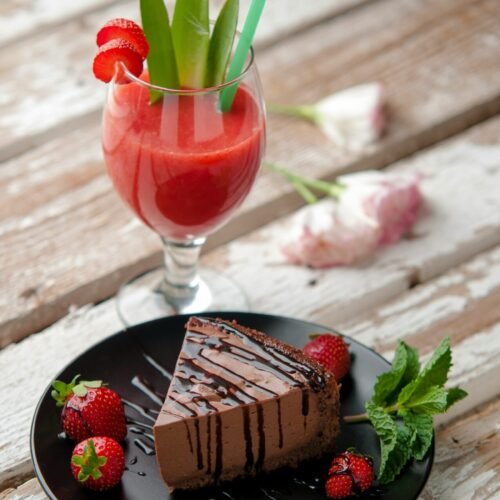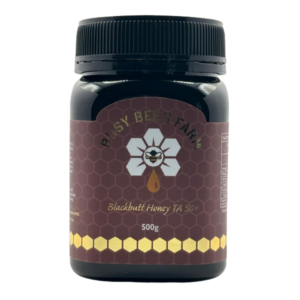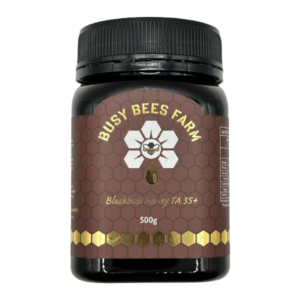
Honey cheesecakes represent a delightful fusion of sweet and creamy textures, capturing the essence of indulgent desserts. The concept of cheesecake dates back to ancient Greece, where it was considered a source of energy for athletes. Over the centuries, the recipe has evolved, incorporating various ingredients and techniques from different cultures. Among these, honey has emerged as a cherished addition, bringing its unique flavor and natural sweetness to the forefront.
Honey, revered for its rich history and diverse applications, has long been valued not only for its sweetness but also for its health benefits. Ancient civilizations, including the Egyptians and Romans, used honey not only in culinary practices but also for medicinal purposes. Its natural properties make it an excellent alternative to refined sugar, offering a subtle yet distinct sweetness that enhances the overall flavor profile of cheesecakes.
One of the reasons honey is an ideal sweetener for cheesecakes lies in its complex composition. Unlike refined sugar, honey contains various compounds such as antioxidants, enzymes, and minerals, contributing to its multifaceted taste. This complexity adds depth to the cheesecake, creating a harmonious balance between the creamy texture of the cheese and the luscious sweetness of honey.
In recent years, honey cheesecakes have gained significant popularity in the realm of modern baking. Bakers and pastry chefs are increasingly experimenting with honey to create innovative desserts that cater to health-conscious consumers. The natural sweetness of honey, combined with its lower glycemic index compared to refined sugar, makes it a preferred choice for those seeking a healthier indulgence.
From classic recipes to contemporary twists, honey cheesecakes continue to captivate dessert enthusiasts around the world. Whether enjoyed as a decadent treat or a sophisticated dessert option, the allure of honey-infused cheesecakes remains timeless, celebrating the perfect marriage of tradition and modernity.
A decadent honey cheesecake owes its exceptional flavor and texture to a harmonious blend of key ingredients. Central to this culinary delight is honey, which imparts a natural sweetness and distinct flavor profile. The variety of honey used can significantly affect the final taste of the cheesecake. Clover honey, known for its mild and delicate flavor, is a popular choice, offering a subtle sweetness without overpowering the other ingredients. Wildflower honey, with its complex and varied floral notes, adds depth and richness, while Manuka honey, prized for its unique, earthy taste, can introduce a robust and slightly bitter undertone that complements the creamy filling.
Equally important is the cream cheese, the cornerstone of any cheesecake. High-quality cream cheese is essential for achieving a smooth, rich, and velvety texture. Its fat content contributes to the overall creaminess, ensuring that each bite is indulgent and satisfying. When selecting cream cheese, opt for full-fat versions to maintain the desired consistency and flavor.
The crust of the cheesecake also plays a vital role, providing a contrasting texture to the creamy filling. Traditional graham cracker crusts are a classic choice, offering a sweet and slightly crunchy base. For a more luxurious twist, consider using a crust made from crushed digestive biscuits or even a blend of nuts, such as almonds or pecans, which can add a delightful nuttiness.
To elevate the flavor profile further, optional ingredients like vanilla extract, lemon zest, or a handful of nuts can be incorporated. Vanilla extract enhances the overall sweetness and complexity, while lemon zest introduces a refreshing citrus note that balances the richness of the cream cheese. Nuts, whether folded into the filling or sprinkled on top, add an additional layer of texture and flavor, making each slice of honey cheesecake a truly decadent experience.
Creating a delectable honey cheesecake begins with preparing the crust. For a classic base, a graham cracker crust is a popular choice. To make this, combine 1 ½ cups of crushed graham crackers with ¼ cup of granulated sugar and 6 tablespoons of melted butter. Mix until the consistency resembles wet sand, then press the mixture firmly into the bottom of a 9-inch springform pan, ensuring an even layer. For an alternative, consider using almond crust by replacing graham crackers with 1 ½ cups of ground almonds.
Next, it’s time to prepare the cheesecake filling. Start by preheating your oven to 325°F (163°C). In a large mixing bowl, beat 24 ounces of softened cream cheese until smooth and creamy. Gradually add ½ cup of honey, ensuring it is fully incorporated. For an enhanced flavor, add 1 teaspoon of vanilla extract and ¼ teaspoon of salt. Continue mixing until the filling achieves a uniform consistency. Add 3 large eggs, one at a time, beating on low speed after each addition until just combined. Overbeating at this stage can introduce air bubbles, which may affect the texture.
Pour the cheesecake filling over the prepared crust, spreading it evenly. To bake the cheesecake to perfection, place the springform pan in a larger roasting pan. Add hot water to the roasting pan until it reaches halfway up the sides of the springform pan, creating a water bath. This method helps prevent cracks by maintaining an even baking temperature. Bake the cheesecake for 55-60 minutes, or until the center is almost set but still slightly jiggly.
After baking, turn off the oven and let the cheesecake cool inside with the door slightly open for about an hour. This gradual cooling process helps prevent cracking. Once cooled, refrigerate the cheesecake for at least 4 hours or overnight to allow it to set properly. Before serving, you may drizzle additional honey on top or garnish with fresh fruit for an added touch of elegance. This step-by-step guide ensures your honey cheesecake will have a smooth, creamy texture and a delightful honey flavor that is sure to impress.
When it comes to serving and presenting honey cheesecakes, a touch of creativity can transform an already delightful dessert into a visually stunning masterpiece. One of the simplest yet most effective ways to enhance the appearance and flavor of a honey cheesecake is by using various toppings. Fresh fruits such as berries, figs, or sliced peaches not only add vibrant colors but also complement the creamy texture of the cheesecake. A generous drizzle of honey can create an elegant, glossy finish, while edible flowers like violets or pansies introduce a whimsical, garden-fresh element.
Garnishing plays a pivotal role in elevating the visual appeal of your honey cheesecake. Consider sprinkling some finely chopped nuts—like pistachios or almonds—around the edges for a crunchy contrast. Alternatively, a sprinkle of bee pollen can add both texture and a nod to the honey theme. For a touch of sophistication, dust the plate with a bit of powdered sugar or cocoa powder, using a stencil to create intricate patterns or shapes.
Plating is another aspect where you can let your creativity shine. Serve individual slices on elegant dessert plates, perhaps with a small dollop of whipped cream beside each slice. Alternatively, for a more communal approach, present the entire cheesecake on a beautiful cake stand, allowing guests to admire its full glory before slicing. Consider using a mirror glaze for a modern, reflective finish that will captivate your guests’ attention.
Pairing honey cheesecake with the right beverages can further enhance the dining experience. Dessert wines like Moscato or Riesling can complement the sweetness and richness of the cheesecake. Herbal teas, particularly those with floral or citrus notes, can provide a refreshing balance. For a non-alcoholic option, consider a spiced chai tea, which offers a warm, comforting contrast to the cool creaminess of the cheesecake.
To maintain the freshness of your honey cheesecake, store any leftovers in an airtight container in the refrigerator. This helps to preserve both the flavor and texture, ensuring that each bite remains as delightful as the first. If you want to keep it for an extended period, consider freezing individual slices, wrapped tightly in plastic wrap and then placed in a freezer-safe container.











